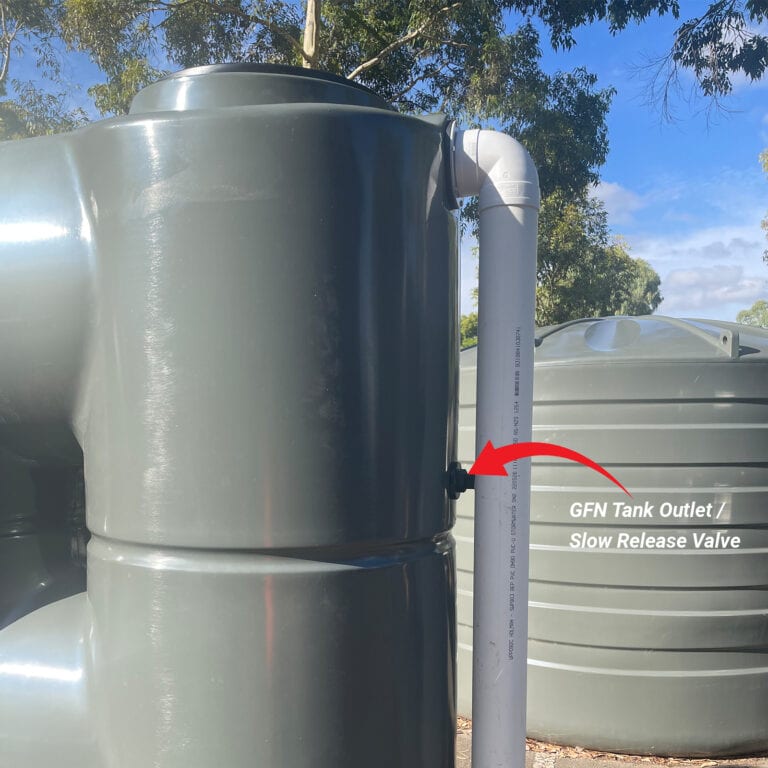Unveiling the Conveniences of Rain Storage Tanks in Minimizing Water Expenses and Environmental Effect
In a globe where sustainability and cost-efficiency are significantly crucial, the application of rainwater storage tanks presents a useful and environmentally conscious option. The benefits of including rainwater containers into domestic or industrial residential properties expand past mere water expense decreases. By checking out the multifaceted benefits of such systems, one can uncover a wide range of insights into how they contribute to a much more lasting future while favorably impacting both financial resources and the atmosphere.
Cost Financial Savings Via Rainwater Containers
When thinking about the application of rainwater tanks, considerable price financial savings can be achieved through efficient water administration methods. Rainwater gathering provides a sustainable remedy that not only decreases water expenses yet also decreases the stress on municipal water sources. By catching and saving rain for various non-potable usages such as watering, toilet flushing, and laundry, households and businesses can significantly decrease their reliance on treated water from the grid, bring about significant cost savings with time.
One of the primary cost-saving advantages of rainwater storage tanks is the reduction in water energy costs. By using gathered rainwater for activities that do not need safe and clean water, such as sprinkling gardens or washing vehicles, people can lower their total water consumption from the mains supply, causing lowered water costs. In addition, rainwater storage tanks can aid minimize the influence of water constraints or dry spells by giving an alternate water resource for necessary tasks, making sure connection in water supply without incurring excessive expenses. Overall, buying rainwater containers can result in long-lasting financial savings while promoting water preservation and sustainability.

Ecological Impact Decrease
Carrying out rain storage tanks not just causes expense financial savings however additionally contributes considerably to decreasing the environmental impact related to water usage. By recording rainwater that would otherwise run off into tornado drains pipes, rain storage tanks help minimize pressure on standard water sources like rivers and storage tanks. This reduced demand for municipally treated water causes energy cost savings and a decline in the carbon footprint connected with water therapy and circulation procedures.
Moreover, using rainwater for activities such as gardening, watering, and cleaning minimizes the demand for using treated water for non-potable purposes. This preservation of potable water aids in maintaining water sources for crucial uses and minimizes the energy-intensive processes associated with dealing with water to satisfy alcohol consumption standards.

Water Costs Reduction Advantages
The setup of rain tanks supplies significant monetary advantages with reductions in water bills. By gathering and saving rainwater for different family uses, such as sprinkling yards, purging toilets, or doing laundry, home owners can substantially lower their dependence on the metropolitan supply of water. This, consequently, results in an obvious decrease in water intake from typical resources, causing reduced water expenses at the end of each billing cycle.
Rainwater is a complimentary and sustainable resource that can supplement and even change the need for utilizing cured water for non-potable functions. Because of this, homes with rainwater tanks resource can see a significant reduction in their total water expenses in time. Furthermore, during durations of water limitations or drought, having a rain storage tank can provide an important different water source, further reducing the reliance on pricey local water products.
Fundamentally, buying a rain container not only contributes to ecological preservation but also supplies tangible monetary benefits by reducing water costs and advertising long-term cost financial savings for home owners.
Lasting Water Management Solutions
Provided the monetary benefits and lowered dependence on community water supplies that rainwater storage tanks give, discovering sustainable water management read options ends up being a logical next step for home owners looking to optimize their water use. By utilizing rain tanks to capture and keep rainwater, home owners can lower their reliance on traditional water resources, such as metropolitan supplies or groundwater, thus contributing to water conservation initiatives.

Along with rainwater harvesting, sustainable water management options might include implementing water-efficient home appliances, fixtures, and landscape design methods - Slimline water tanks. Mounting low-flow toilets, showerheads, and taps can considerably minimize water intake within houses. Including drought-resistant plants and using wise irrigation systems can help decrease water use for outdoor landscape design. By embracing these lasting water administration techniques, property owners can not just optimize their water use but additionally add to ecological conservation and reduce their water expenses over time.
Area Water Resource Preservation

Moreover, neighborhood involvement can include the implementation of water-saving modern technologies and methods on a bigger range. Motivating the fostering of rain storage tanks, greywater recycling systems, and effective watering approaches within neighborhoods can result in considerable reductions in water intake. In addition, fostering a feeling of collective obligation for water preservation can advertise lasting habits and practices among community members.
In addition, community water resource conservation initiatives can pave the method for more powerful bonds amongst citizens and a shared commitment to ecological stewardship. By collaborating to safeguard and protect water resources, neighborhoods can add dramatically to a more lasting and durable future.
Conclusion
In verdict, rain tanks provide substantial price savings, ecological benefits, and add to sustainable water monitoring solutions. By decreasing water costs, saving water resources, and decreasing environmental impact, rain containers play a critical role in advertising water conservation and sustainability - Slimline water tanks. Their implementation not only benefits individual homes however additionally adds to the more comprehensive goal of community water resource management and preservation